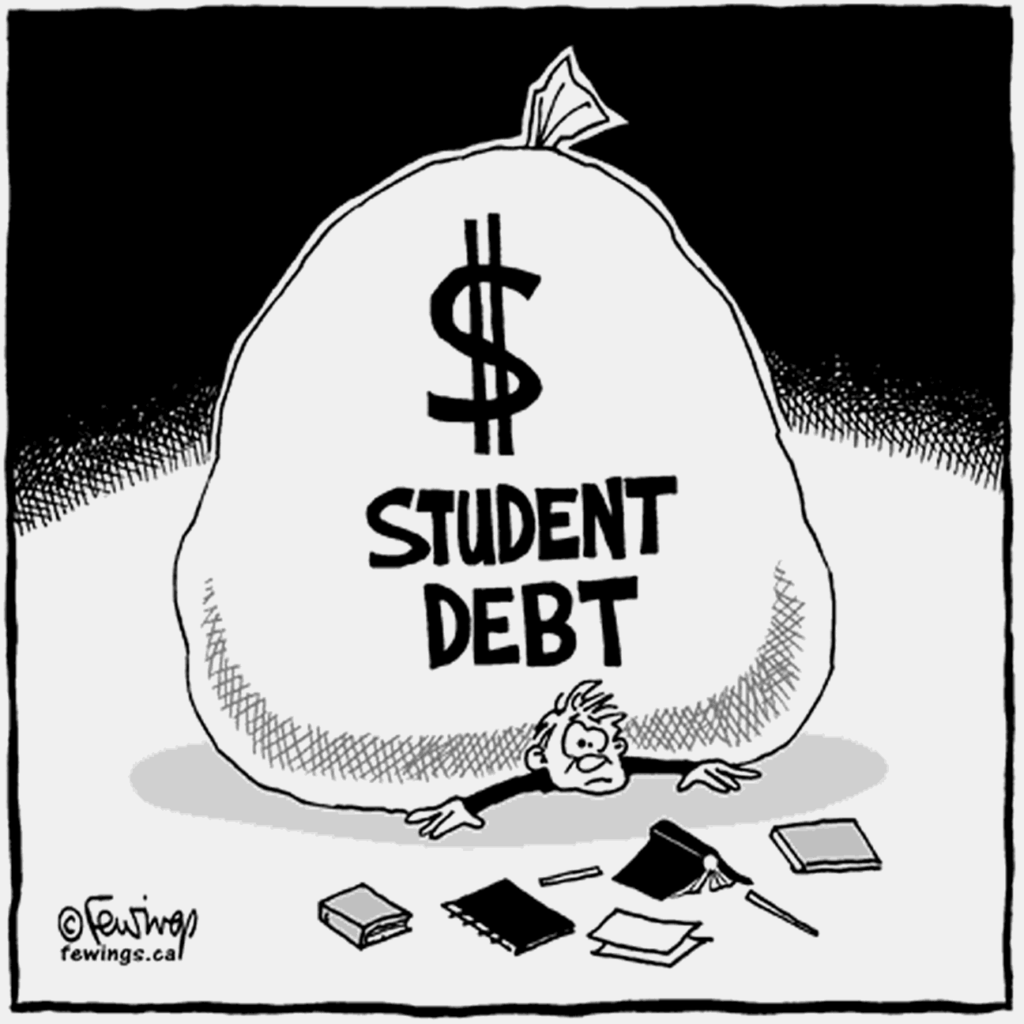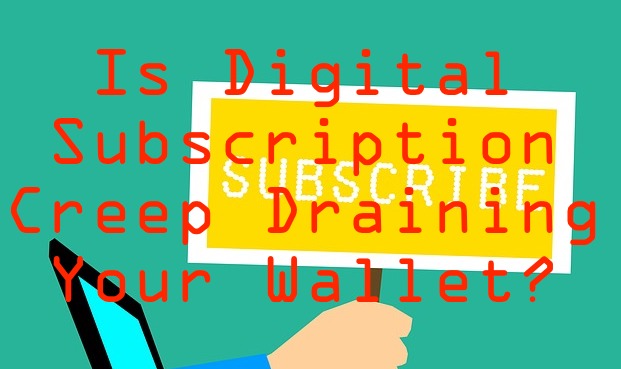When to retire is the essential question that most people who seek financial planning help want to have answered. People of a certain age want to know if they have enough money to retire now, or, if not, how long they have to work and how much more they have to save before they can retire. Entire software programs are designed just so such people can have these questions answered with an adequate degree of certainty. What do I think? Read on.

Quit When You Suck
Now-retired NFL quarterback Peyton Manning, while he was still playing, said, “I’ll quit when I suck.” Peyton has found a second career as a TV pitchman. Nevertheless, there is wisdom to the notion that you should continue to work until you are no good at it anymore. Of course, Peyton made that statement from the standpoint that he really enjoyed being an NFL quarterback and was being paid millions of dollars per year to be one. Not all of us are in that position. However, if you are getting on in years and have been building your career, you hopefully are in a job you like (or are at least ok with) and you are likely making more money per year than you ever have. If you feel like you are still good at what you do and are making a contribution to your employer, and if you still basically like going to work every day, then keep doing it. Most financial planners will tell you that your retirement finances will continue to improve the longer you continue to work.
What Do You Want To Do When You Are Retired?
If you aren’t going to work every day, what do you want to do with yourself? Without a job in the picture, that will be a lot of hours every day that you need to fill up with activities. Do you get bored easily on the weekends? If so, you should probably keep working because every day is Saturday when you are retired. The point is that you need to have a plan for what you will do with your time once you retire. Do you think you will travel constantly? Maybe, but travel costs money. Ideally, you should find something to do that either makes you or saves you money or that doesn’t cost much. Taking care of grandkids or working in your garage shop (as long as you already have all of the tools you need because new tools are expensive) can be good activities that can put some coin in your pocket.
Unexpected Retirement
This article posted at money.usnews.com says that a survey has found that 48% of retirees were forced to retire unexpectedly due to their own health, a loved one’s health, or job redundancy. The point is that you may not get to choose when you retire when retirement chooses you. Unexpected retirement is one reason why you have been contributing to your retirement accounts all of these years, and why there is a disability insurance element to Social Security. Consider yourself fortunate if you can choose when you retire rather than having retirement foisted upon you.
Health Insurance
As the cost of health insurance continues to go up and its future availability remains at least in question, some people stay working substantially so that they and their families can continue to have health insurance. I believe that health insurance is an issue to consider but should not be the only reason why you should continue to work. I believe that there will always be health insurance available to you, even if you have complicated pre-existing conditions that may involve expensive medications. You may have to pay up for it but consider its cost versus continuing to work and have your insurance through your job – it still may be worth it to retire and pay for your insurance through COBRA and, eventually, the exchanges.
IMO
If you notice, none of the considerations I outline here involve a financial projection or a Monte Carlo analysis of how much money you have now and whether it will be enough to retire on. Instead, I believe the qualitative factors should be more important considerations. Do I still like my job and am I still good at it? Do I want to do something else with my time once I retire? Will my employer still allow me to work? It is probably better off for your finances if you keep working, but there comes a time for all of us when we have had enough. If and when you come to that place and you have run the numbers and you have enough money to live on, then go ahead and take the leap into retirement. If you want reinforcement for your decision, contact me so I can help you think it all through.






